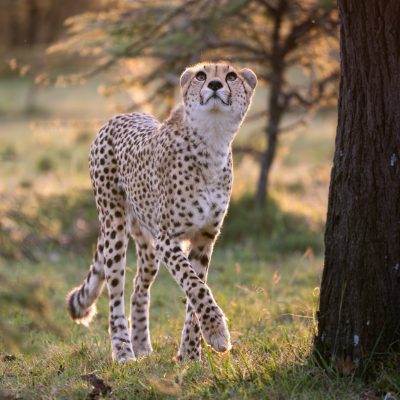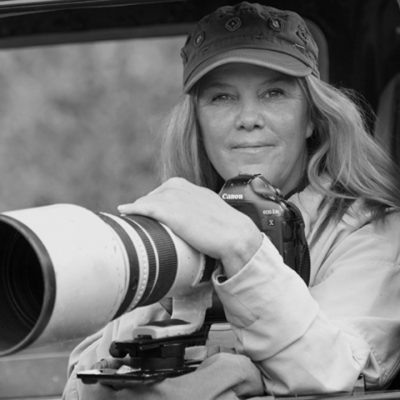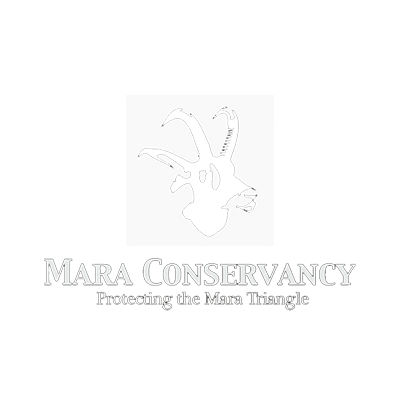The Greatest Maasai Mara Photographer of the Year
Wildlife Photo Competition
With fantastic prizes and an esteemed panel of judges, The Greatest Maasai Mara Photographer of the Year competition raises funds for important boots-on-the-ground conservation initiatives while promoting the Mara as a year-round, world-class wildlife destination. The best entries each month are showcased on social media helping to promote the Maasai Mara as well as the incredible photographers who have captured it — both amateurs and professionals alike. In addition, the fantastic guides of the Mara are celebrated for their ability to make these incredible moments possible, with the winning photographer's guide receiving their own prize of a trip outside of Kenya.
The competition runs from 1 January until 31 October each year, with the judging panel selecting five finalists each month. The overall winner is chosen from the pool of 50 finalists and announced at the end of the year.
Share your love for the greatest game reserve in the world by submitting a photograph or shop for your favourite print, with all proceeds going to support our conservation partners in the Mara.
News & Highlights

Australian photographer, Shravan Rao, has been named The Greatest Maasai Mara Photographer of the Year 2023, with his image “Night Rains” of a lion in the rain. He is the sixth winner of the competition, clinching the prize of US$10,000 in cash and a five-night safari for two at Angama Mara. Describing the image, Shravan said: “The original idea was to get a backlit lion at night. We got lucky with the torrential rains. The spotlight from the other vehicle lit up the lion perfectly, but the real bonus was the heat emanating from the lion's back and the heat from the ground that gave it a surreal, almost vintage look. The camera struggled in the very low light. Rain poured into the vehicle, drenching us completely, making it very hard to see and very hard to keep the camera and lens dry enough."
Wildlife enthusiasts around the world can now order a beautiful print of their favourite image from 2021's Top 50 Finalists with the launch of our shop. All images will be printed A1 on high-quality photographic paper, packaged and shipped to your doorstep. Only a limited number of prints have been made available, with the proceeds split equally between the photographer and the competition's conservation partners.


















